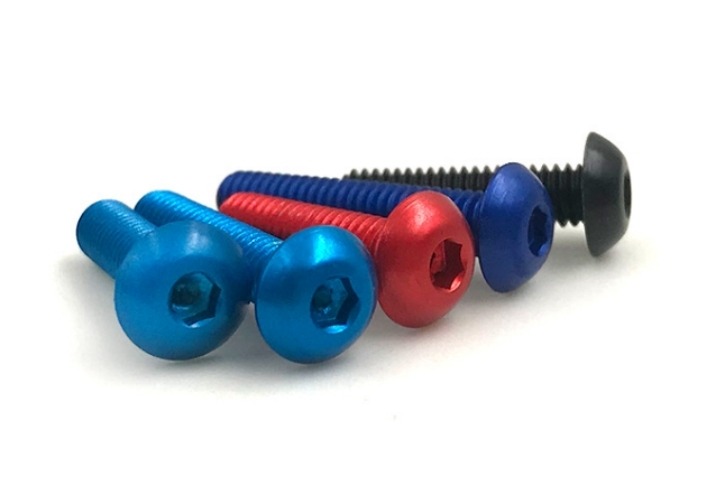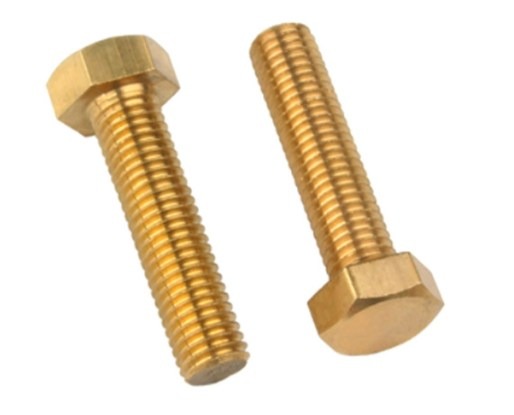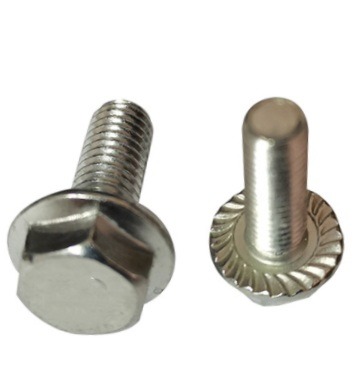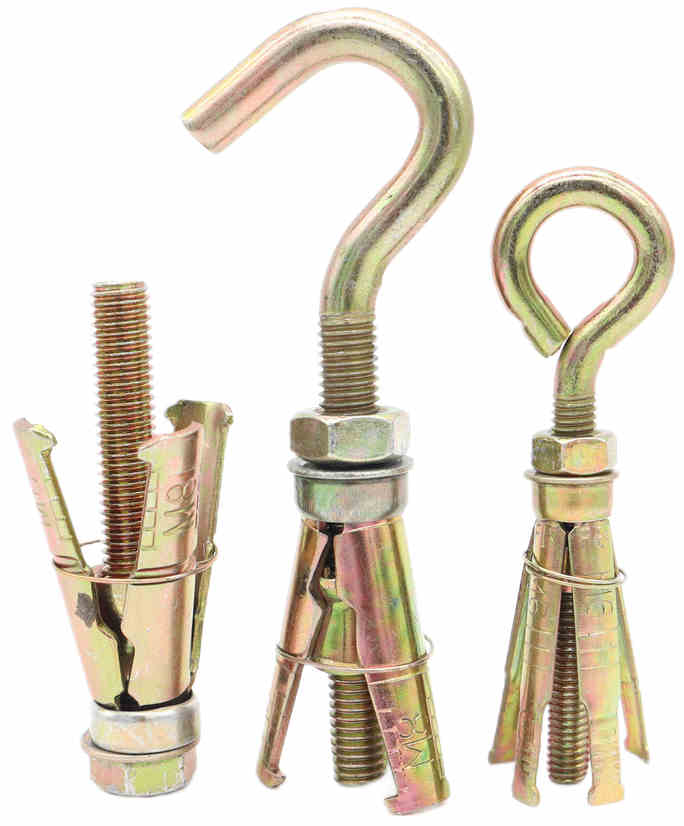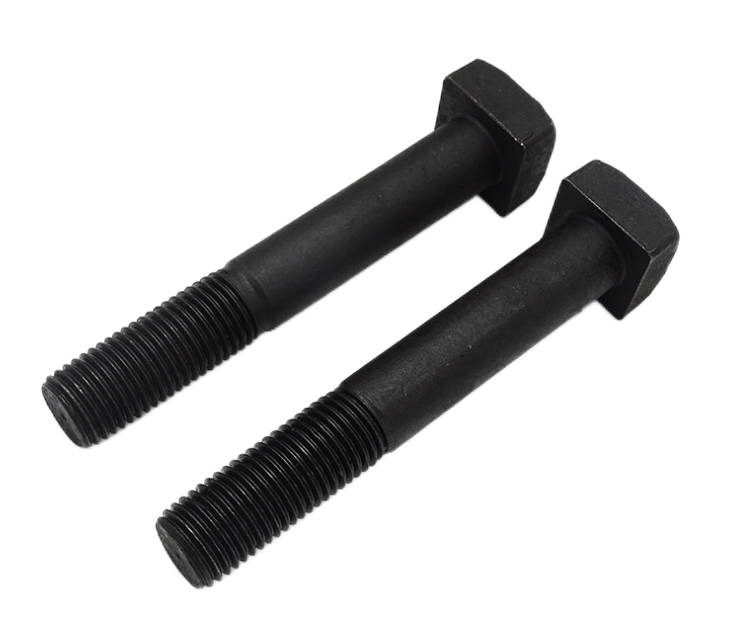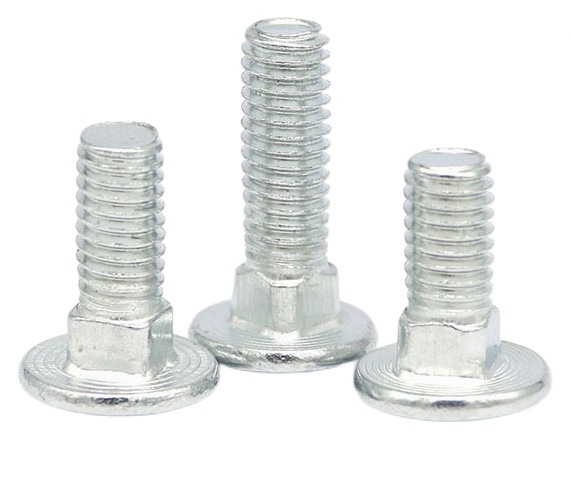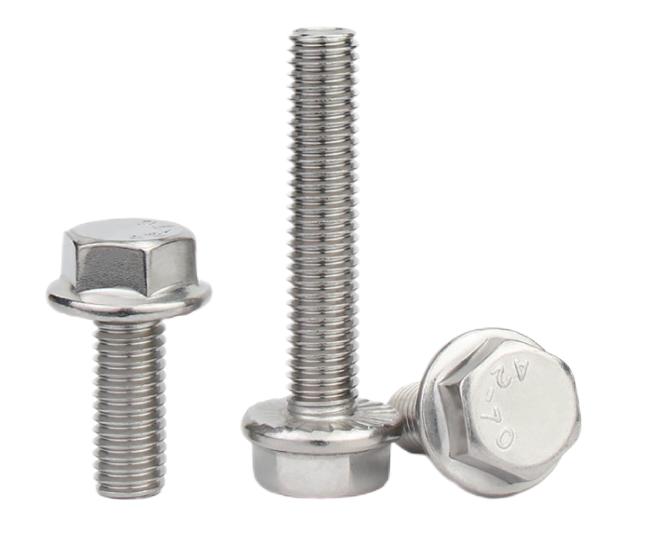Bolt Torque: Everything You Need to Know
Bolts are used in countless applications, from construction and manufacturing to automotive and aerospace industries. Whether you’re building a bridge, assembling machinery, or changing a tire, it’s important to know how to properly torque bolts to ensure they hold up under stress and vibration. In this article, we’ll cover everything you need to know about bolt torque, including why it’s important, recommended torque values, tools for measuring torque, and tips for proper torquing technique.
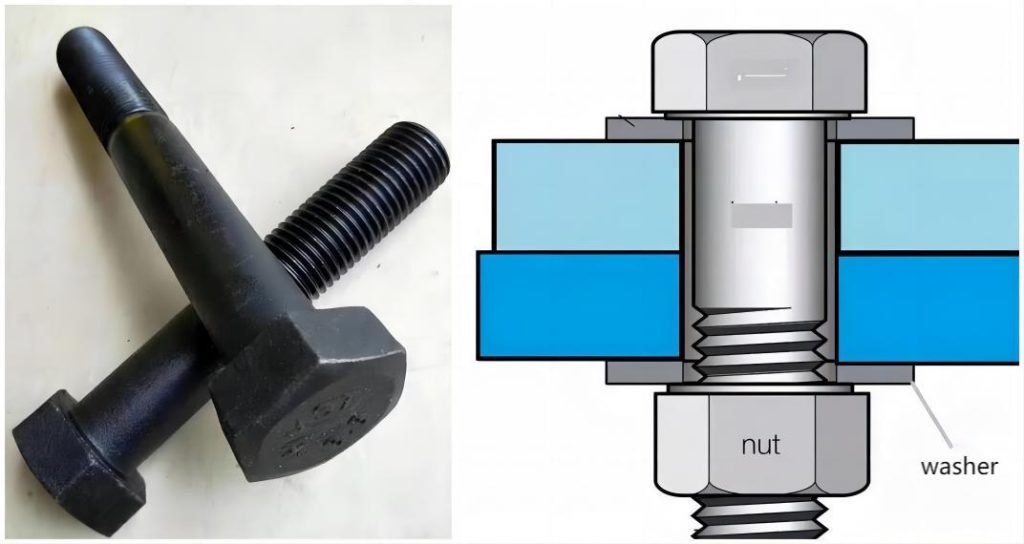
What is Bolt Torque?
At its simplest, torque is the force required to rotate an object around an axis. When it comes to bolts, torque refers to the amount of force required to tighten the bolt to a specified level. The proper torque for a given bolt depends on a number of factors, including its size, material, and intended use.
Why is Bolt Torque Important?
Proper bolt torque is essential for a number of reasons. First and foremost, it ensures that the bolt is securely fastened, which is crucial for safety in many applications. For example, a loose bolt in a structural support could cause a collapse, while a loose bolt in a vehicle engine could result in a catastrophic failure. Additionally, proper torque helps to distribute stress and vibration evenly across the bolt and its mating surfaces, reducing the risk of fatigue or cracking over time.
Recommended Bolt Torque Values
One of the most common questions users have about bolt torque is “how much torque should I apply?” The answer depends on several factors, including the bolt size, material, and thread type, as well as the surface materials being bolted together. Recommended torque for bolts can vary widely depending on these factors, so it’s important to consult a reliable source for the correct values for your specific application.
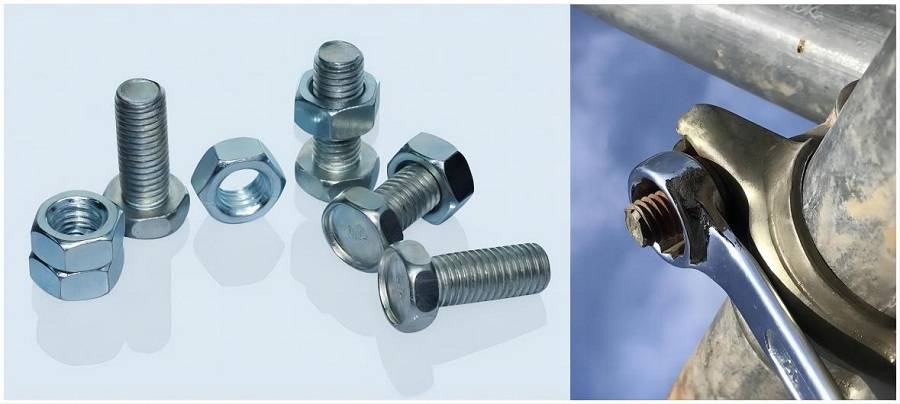
One widely used resource for torque values is the Machinery’s Handbook, a reference guide for mechanical and manufacturing engineers. The Handbook provides torque values for various types of bolts, along with information on thread pitch, thread series, and bolt material. Other sources for torque values include bolt manufacturers, automotive repair manuals, and online torque calculators.
Here are a few examples of recommended torque values for different types of bolts:
For a 3/8-inch grade 8 bolt in steel, the recommended torque range is between 30 and 45 foot-pounds (ft-lbs).
For a 1/2-inch stainless steel bolt, the recommended torque range is between 40 and 60 ft-lbs.
For a 5/16-inch lag bolt in wood, the recommended torque range is between 10 and 20 ft-lbs.
It’s important to note that torque values are typically given as a range rather than a specific number, as factors like thread engagement and surface condition can affect the actual torque required.
Tools for Measuring Bolt Torque
Measuring bolt torque requires a specialized tool called a bolt torque wrench. Bolt torque wrenches come in a variety of types and styles, but they all work by measuring the amount of force applied to the bolt and displaying it as a torque value for bolts in foot-pounds or Newton-meters. The most common types of torque wrenches include:
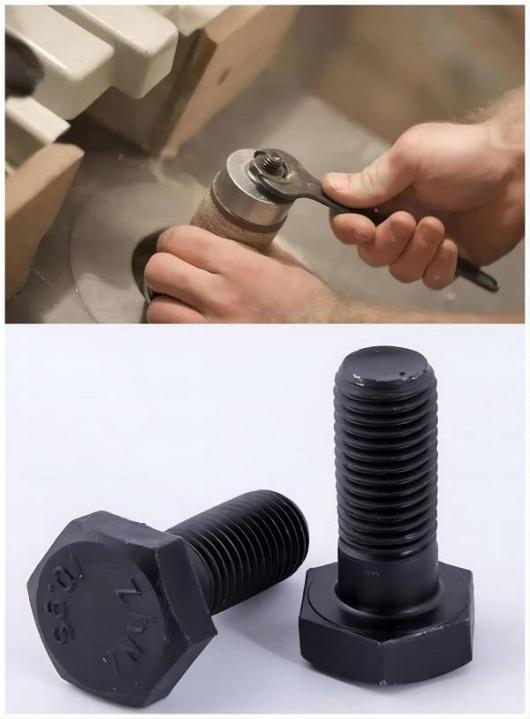
Click-type torque wrenches: These wrenches have a calibrated dial or digital display that “clicks” when the desired torque value is reached, indicating that the bolt is properly torqued. Click-type wrenches are simple and easy to use, but they can be less accurate than other types.
Beam-style torque wrenches: Beam-style wrenches use a calibrated beam to indicate torque, with the user reading the scale to determine the applied force. These wrenches are generally more accurate than click-type wrenches, but they can be more difficult to read and require some practice to use properly.
Dial-indicating torque wrenches: These wrenches have a dial that displays the applied torque in real-time as the bolt is tightened. Dial wrenches are highly accurate and easy to read, but they can be more expensive than other types.
Digital torque wrenches: Digital wrenches use electronic sensors to measure torque and display the value on a digital screen. These wrenches are highly accurate and can offer additional features like data logging and wireless connectivity, but they tend to be the most expensive type.
No matter what type of torque wrench you use, it’s important to calibrate it regularly to ensure accurate readings. Calibration should be done by a qualified technician using specialized equipment.
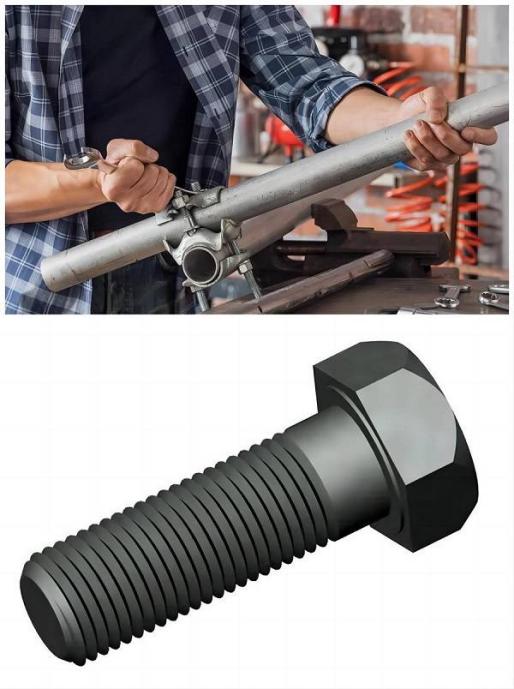
Tips for Proper Bolt Torque
Once you have the torque range for bolts and the right tool for the job, it’s important to use proper technique to ensure the bolt is torqued evenly and accurately. Here are some tips for achieving proper bolt torque:
Prepare the surface: Before torquing the bolt, ensure that the mating surfaces are clean and free of debris or contaminants that could affect the torque reading. This may require cleaning the surfaces with a solvent or wire brush.
Apply torque evenly: When torquing the bolt, apply force in a smooth, steady motion, rather than jerking or twisting the wrench. This will help to distribute the force evenly and reduce the risk of over- or under-torquing the bolt.
Use the correct technique: The correct torquing technique will depend on the type of wrench you’re using, so be sure to read the instructions carefully. In general, though, you should apply force in a clockwise direction, using short, controlled movements.
Check the torque: Once you’ve torqued the bolt to the recommended value, check the torque again after a few minutes to ensure that it hasn’t loosened. This is especially important for critical applications where even a small amount of loosening could have serious consequences.
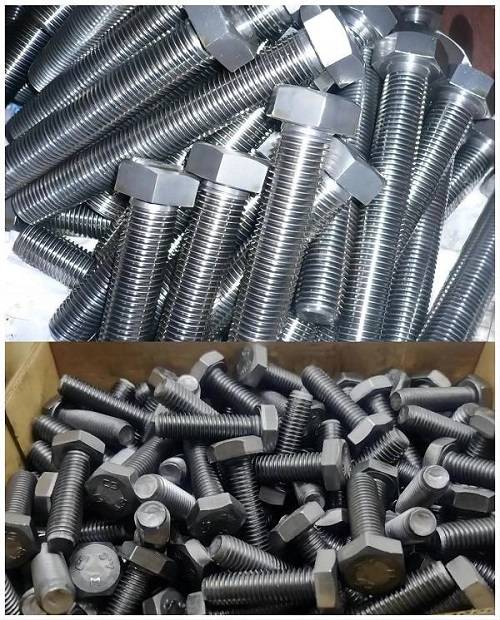
Common Mistakes When Torquing Bolts
Despite the importance of proper bolt torque, it’s not uncommon for users to make mistakes that can compromise the integrity of the bolted joint. Here are a few common mistakes to watch out for:
Over-torquing bolts: Over-torquing can cause the bolt to stretch or even break, which can be dangerous in high-stress applications. It can also damage the mating surfaces or strip the threads on the bolt.
Under-torquing bolts: Under-torquing can lead to a loose bolt that can vibrate or shift, causing damage or failure over time.
Using the wrong torque wrench or setting: Using the wrong type of torque wrench or setting can result in inaccurate torque readings and compromised bolt integrity. It’s important to use the correct tool and setting for the specific bolt and application.
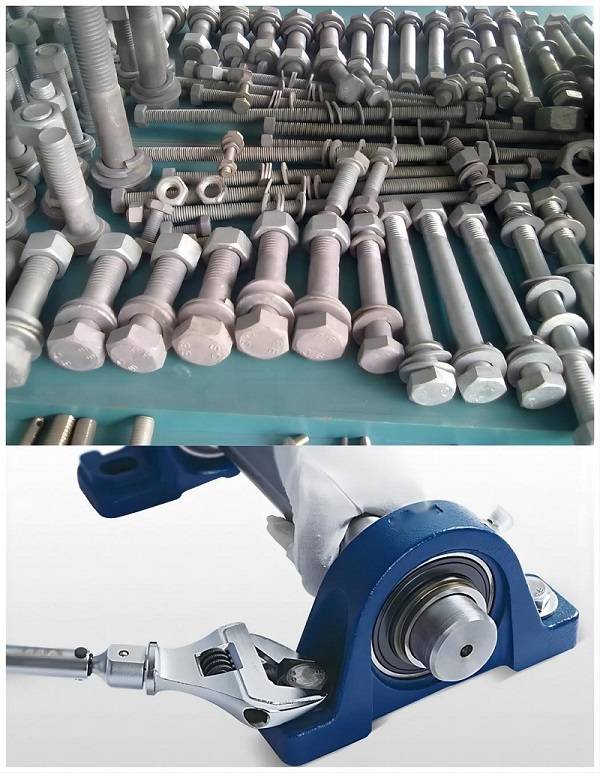
Conclusion
Proper bolt torque is essential for safety and performance in countless applications. By understanding the basics of bolt torque, including recommended torque values, tools for measuring torque, and proper bolt tightening tools and technique, users can ensure that their bolted joints are secure and reliable. Be sure to consult a reliable source of torque specs for bolts, use a calibrated torque wrench, and follow proper torquing technique to achieve the best results. With these tips in mind, you’ll be well on your way to successful bolt torquing.

